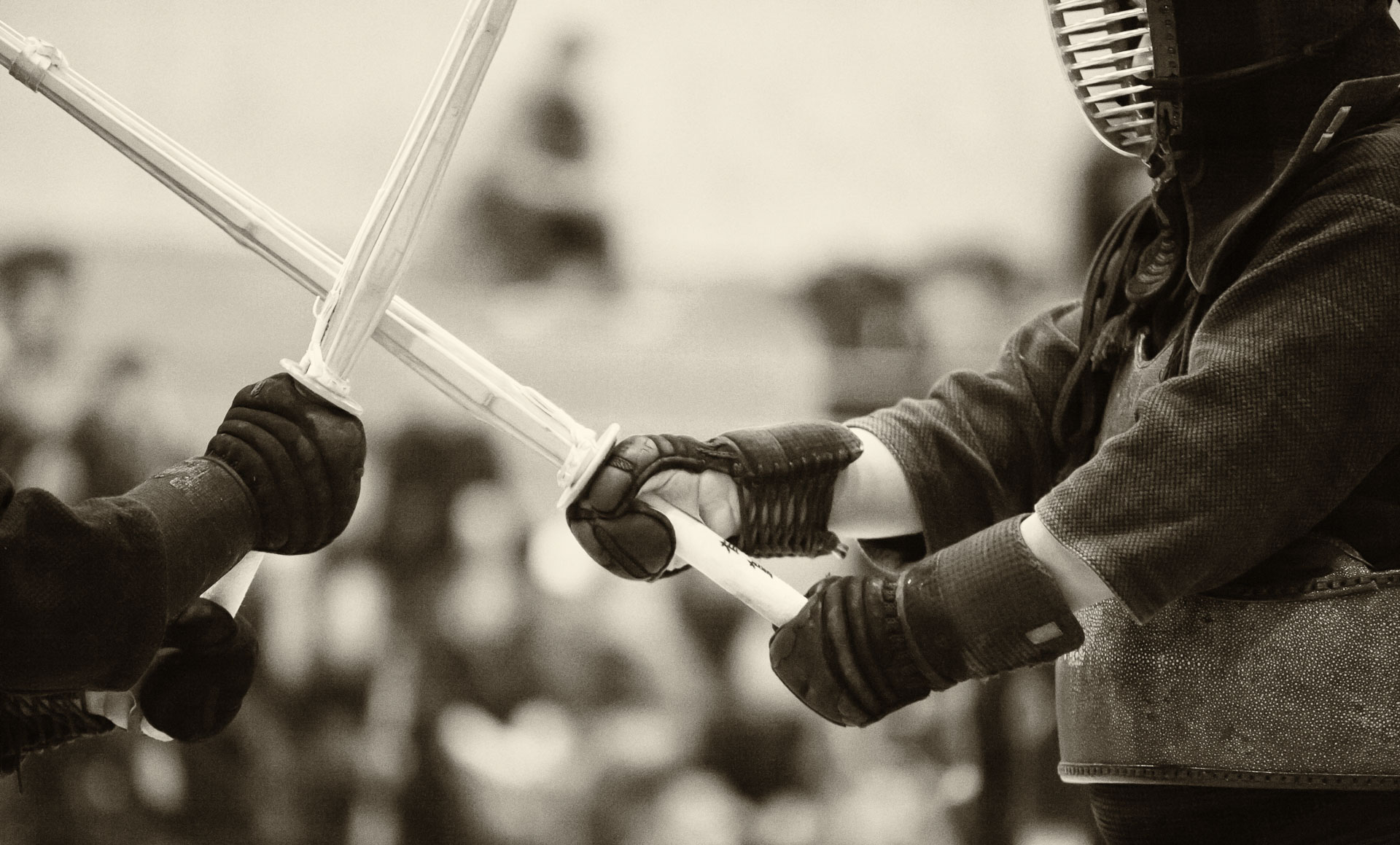It is well-known that taking notes while talking to someone is signalling to that person that you are paying attention to the conversation. However, the manner in which the notes are taken is important. Typing on a computer may seem intimidating or create an impression of distance between the conversation partners. On the other hand, writing in a notebook generally perceived very positively.
I often take pictures as a form of note-taking, particularly in museums or during tours of laboratories, etc. Perhaps, in these settings, the impression that I leave during the process of taking notes is less important, but in the spirit of being aware of what one looks like from the outside, it is good to be at least conscious about it. The note-taking process has other important aspects that not only streamlines the workflow, but also makes notes themselves more useful.
Phil Libin, the former CEO of Evernote, points out that it is crucial to process and catalogue the notes immediately after they have been taken, and to do it in the same geographical context. He is referring to the ability of various note-taking apps, Evernote in particular, to geo- and context-tag the notes, but I think this concept of processing and cataloguing the information soon after it has been acquired also applies to photography in general.






























